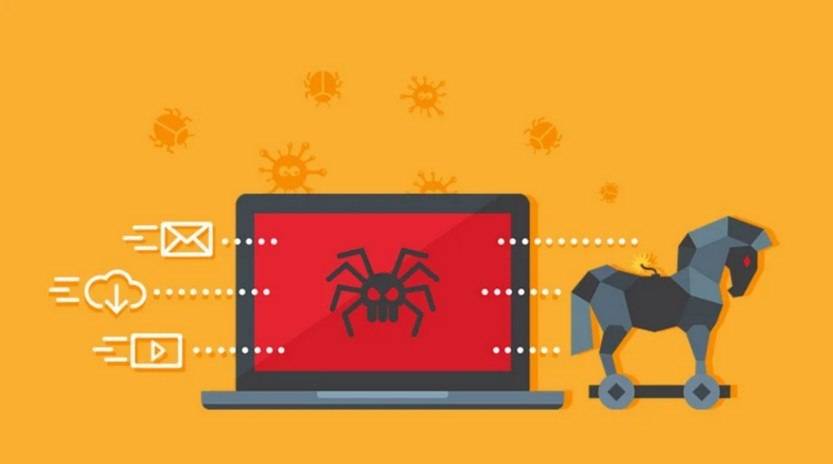Online scams have become increasingly prevalent in recent years, with scammers constantly finding new ways to deceive unsuspecting individuals. One type of scam that has gained significant attention is the Paypal email scam. In this article, we will delve into what Paypal email scams are, how they work, what to do if you have fallen victim, and provide valuable insights to help you stay safe online.

What are Paypal Email Scams?
Paypal email scams are fraudulent attempts to obtain sensitive information, such as login credentials, credit card details, or personal information, by impersonating Paypal. Scammers send out emails that appear to be from Paypal, tricking recipients into believing that there is an urgent issue with their account that requires immediate attention.
These emails often contain official-looking logos, graphics, and formatting to make them appear legitimate. They may also use persuasive language and urgent calls to action to create a sense of urgency and panic in the recipient.
How do Paypal Email Scams Work?
Paypal email scams typically follow a similar pattern. Let’s take a closer look at the common steps involved:
- The scammer sends an email that appears to be from Paypal, using a spoofed email address that closely resembles the official Paypal domain.
- The email usually starts with a generic greeting, such as “Dear Customer,” to avoid raising suspicion.
- The email states that there is an issue with the recipient’s Paypal account, such as suspicious activity or a failed payment.
- To resolve the issue, the recipient is instructed to click on a link provided in the email.
- The link leads to a fake Paypal website that closely resembles the genuine site, complete with logos and branding.
- Once on the fake website, the recipient is prompted to enter their login credentials, credit card information, or other sensitive details.
- Once entered, the scammer has access to their Paypal account and can use the stolen information for fraudulent activities.
It is important to note that Paypal will never ask for sensitive information, such as passwords or credit card details, via email. Legitimate communication from Paypal will always direct users to log in to their account through the official website rather than clicking on links provided in emails.
What to Do If You Have Fallen Victim?
If you have fallen victim to a Paypal email scam, it is crucial to take immediate action to minimize the potential damage. Here are the steps you should follow:
- Change your Paypal password: Log in to your Paypal account through the official website and change your password immediately. Make sure to choose a strong, unique password that is not used for any other accounts.
- Contact Paypal: Report the scam to Paypal by forwarding the fraudulent email to their official scam reporting email address. You can find this information on the Paypal website.
- Monitor your accounts: Keep a close eye on your financial accounts, including bank accounts and credit cards, for any suspicious activity. If you notice any unauthorized transactions, contact your financial institution immediately.
- Scan for viruses or malware: Run a scan on your computer using reputable antivirus software, such as Malwarebytes Free, to ensure that your system is not infected with any malicious software.
- Be cautious of future emails: Exercise caution when receiving emails claiming to be from Paypal or any other financial institution. Be skeptical of any requests for personal information and always verify the legitimacy of the email by contacting the company directly through their official channels.
Technical Details of Paypal Email Scams
Paypal email scams often utilize various techniques to deceive recipients and make their emails appear legitimate. Here are some technical details to be aware of:
- Email spoofing: Scammers use email spoofing techniques to make their emails appear as if they are coming from Paypal. They manipulate the email headers to display a fake sender address that closely resembles the official Paypal domain.
- Phishing websites: The links provided in the scam emails lead to phishing websites that mimic the official Paypal site. These websites are designed to trick users into entering their login credentials and other sensitive information.
- Social engineering: Scammers employ social engineering tactics to create a sense of urgency and panic in the recipient. They often use persuasive language, urgent calls to action, and threats of account suspension or closure to manipulate individuals into falling for the scam.
Statistics on Paypal Email Scams
Paypal email scams have affected a significant number of individuals worldwide. Here are some eye-opening statistics:
- In 2020, the Federal Trade Commission (FTC) received over 1.4 million reports of fraud, resulting in a total loss of $1.9 billion.
- According to the Anti-Phishing Working Group (APWG), there was a 14% increase in phishing attacks targeting payment services, including Paypal, in the first quarter of 2021.
- A study conducted by Symantec found that 1 in every 1,000 emails sent in 2020 was a phishing email, with financial institutions being the most commonly impersonated entities.
Summary
Paypal email scams continue to pose a significant threat to individuals worldwide. It is crucial to stay vigilant and be aware of the tactics scammers use to deceive unsuspecting victims. Remember, Paypal will never ask for sensitive information via email, and it is always safer to log in to your account through the official website rather than clicking on links provided in emails.
If you have fallen victim to a Paypal email scam, take immediate action by changing your password, reporting the scam to Paypal, monitoring your accounts for suspicious activity, and scanning your computer for viruses or malware using reputable software like Malwarebytes Free. By staying informed and following these precautions, you can protect yourself from falling victim to Paypal email scams and other online frauds.










